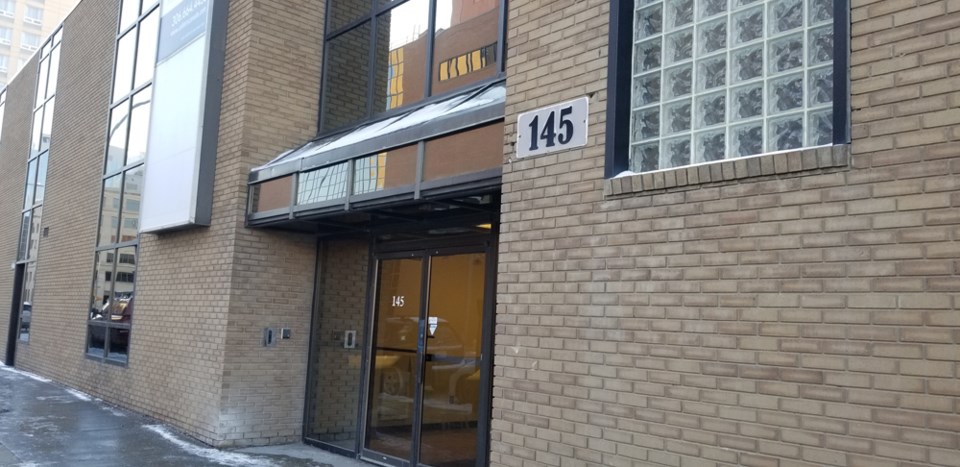SASKATOON — Saskatoon Tribal Council Chief Mark Arcand acknowledged they faced many problems when they opened the wellness centre in December.
However, the facility and the services it provides slowly gained traction with the relatives earning the trust of the system and the staff. The term relative, instead of a client, is used by the staff at the centre to make them comfortable at the facility.
“We believe that we’ve had the opportunity to build some trust with our relatives and move forward in a positive direction. We’re not perfect, you know, far from it. But at the same time, we’re all working together to try to make a difference for people,” said Arcand.
“I think we’ve proven ourselves since Dec. 15. I think, we just put this together within four to six weeks. You can see the results and the outcomes are very transparent and accountable to our numbers to our actions.”
He added that they are not trying to cause problems for businesses with the wellness centre being located in the downtown area.
“The [STC] is a program and service delivery organization to show a positive impact. We’re not perfect and we’re not trying to disrupt any businesses here. We’re trying to make people safe and I think we’ve done that. We’re trying to get people into a safe environment,” said Arcand.
A total of 7,235 beds were used since they opened in December and up to April 7 and they also had 742 intakes, where individuals came into the facility with 407 individuals availing of the services they provided like addiction and mental health counselling.
Out of the 407, 333 individuals identified themselves as Indigenous while another 27 as Métis with 43 as non-Indigenous and four as newcomers to the centre. They also served 14 families and they managed to help seven find permanent housing.
The seven families are now housed at the Robinson Manor, another STC-run facility, while another three are at Cress Housing. They are still helping the remaining three families that are currently staying at the emergency centre.
Other figures
There were also 11 reported cases of overdoses inside the facility since it opened in December, while another six happened outside and another six from relatives that have been coming to the centre but not staying there.
They implemented a security checkpoint to be stricter in checking the bags and other belongings of the relatives after the first few cases of overdoses. Relatives coming into the facility were given bins to store their winter gear, bags and other belongings to prevent illegal substances from coming into the centre.
Acand says he believes these numbers are an improvement, helping people get clean and out of their addiction assisted by staff and trained relatives.
“We’ve got that piece, I believe, under control. We know that people are going to be using substances outside, anywhere in the city, so I think we’re doing a good job. When we talk about naloxone training, we’ve had 66 of our staff trained and also six relatives,” said Arcand.
He added that having six relatives getting the proper training in treating overdoses is another positive outcome of their facility. “That means, relatives are starting to help each other out and promote this place as a haven for them and others.”
Arcand added that they also had instances where they helped 123 individuals either get to medical appointments and job interviews, pick up medication at pharmacies or get to other destinations.
“It is an in-kind service that [STC] offers, transporting the relatives to places that they need to go, which is another important piece. We’ve helped 10 people with their resumes, 12 relatives working on their housing, five have ID requests and one request for treatment,” he said.
“We can see that the program is starting to work. They [relatives] are starting to get the trust and transparency inside of our staff to help them with these important issues that some may not be able to help them.”
Arcand said mental health support and addiction recovery are two other services that they provide that have slowly been availed by the relatives, who wanted to get the needed help to overcome their problems.
“In the two days mental health and addictions recovery organizations they were here, we saw 31 interactions. Last week, it was one day, they’ve seen 16 people. So, they’re talking about areas of concern,” said Arcand.
“Complex needs are very high in this facility, psychosis and other stuff but also wanting to know how to get help is a good thing. Our relatives are wanting to talk to somebody. Whether it’s a short time or a long time. Anything helps.”




